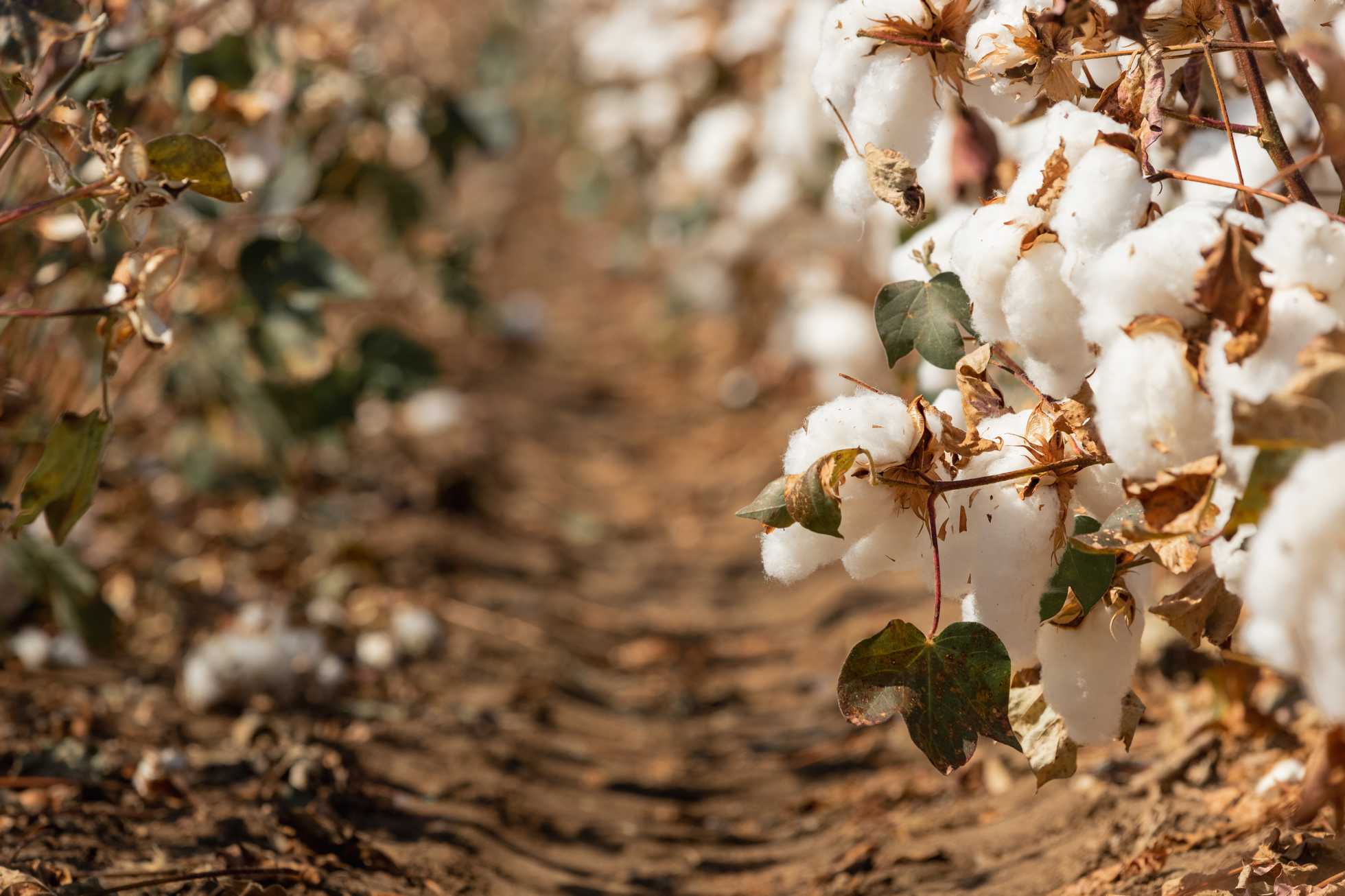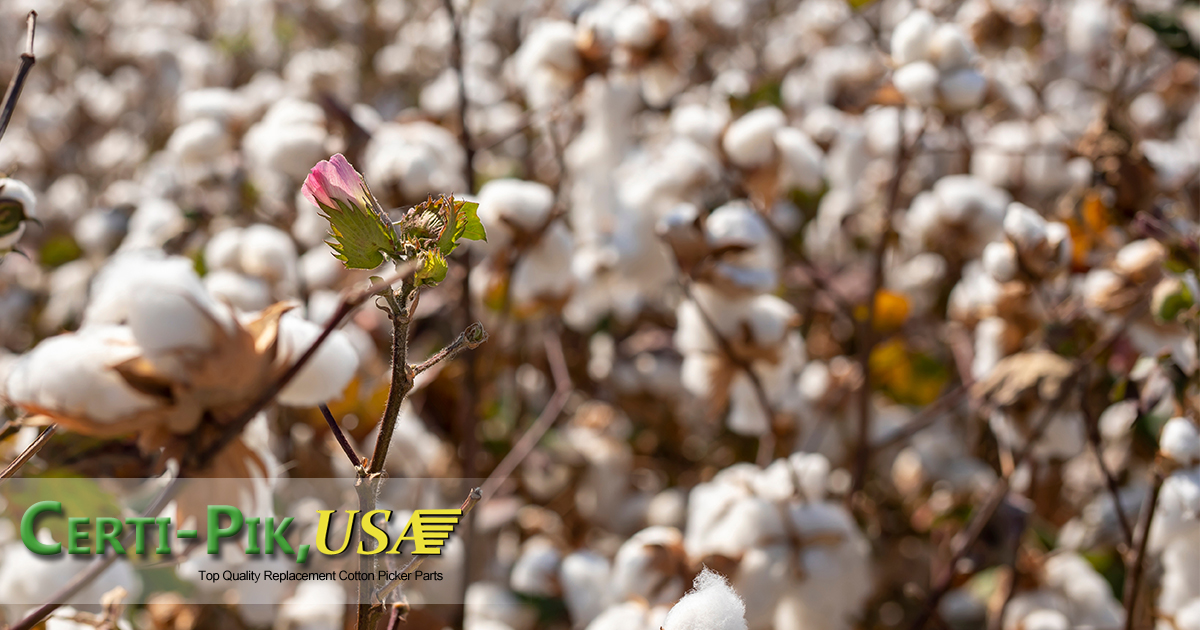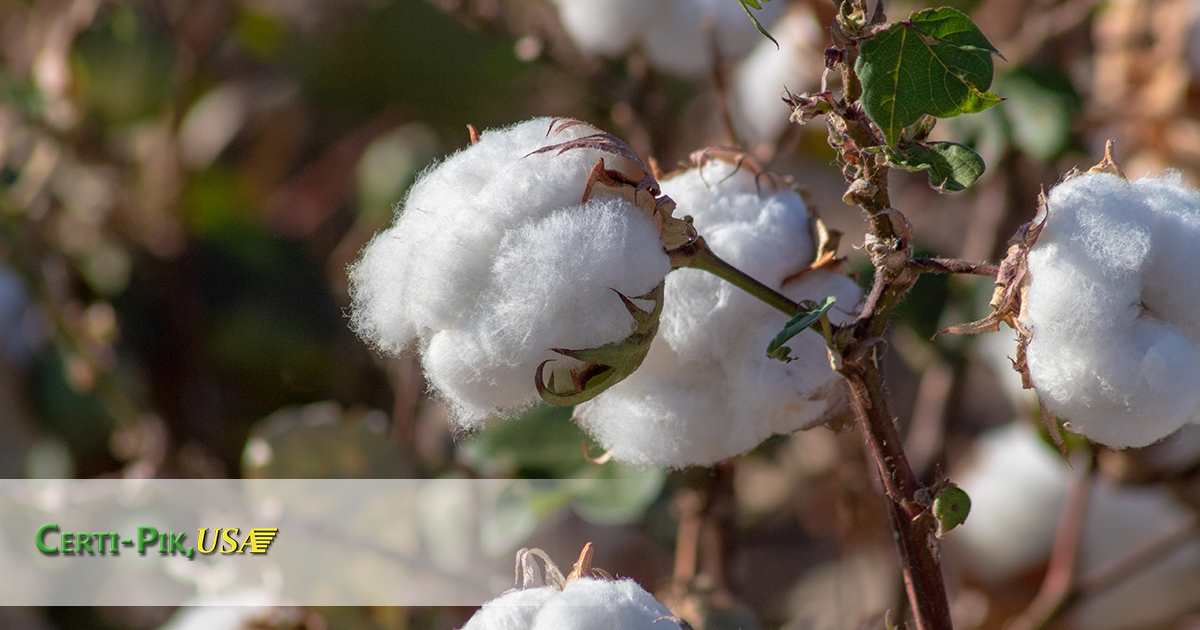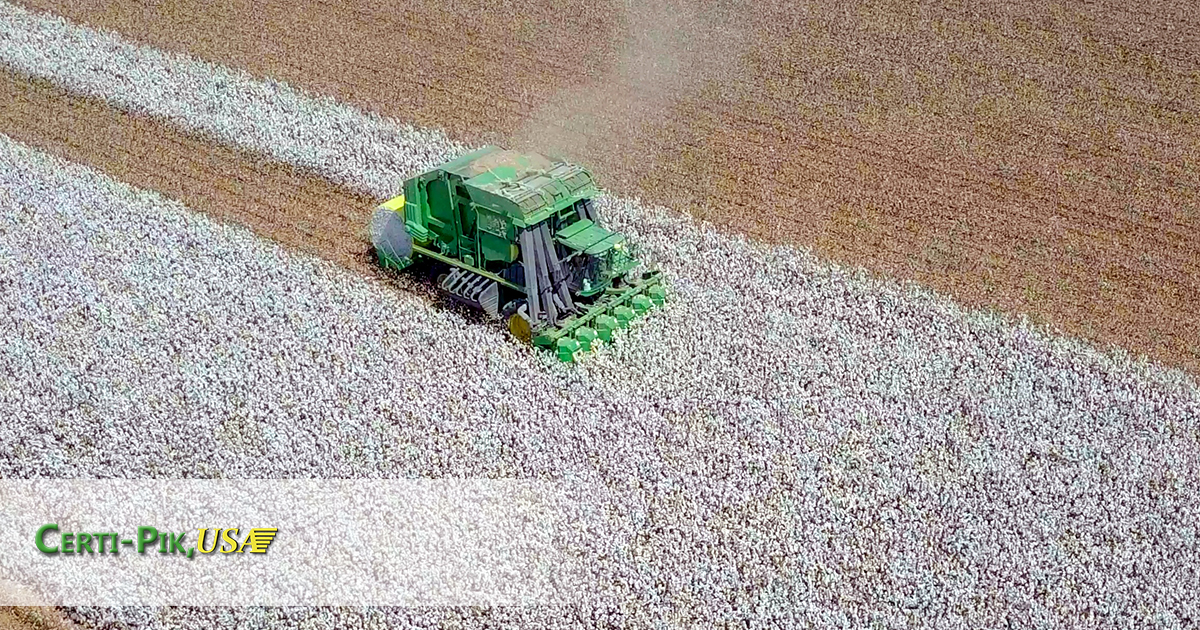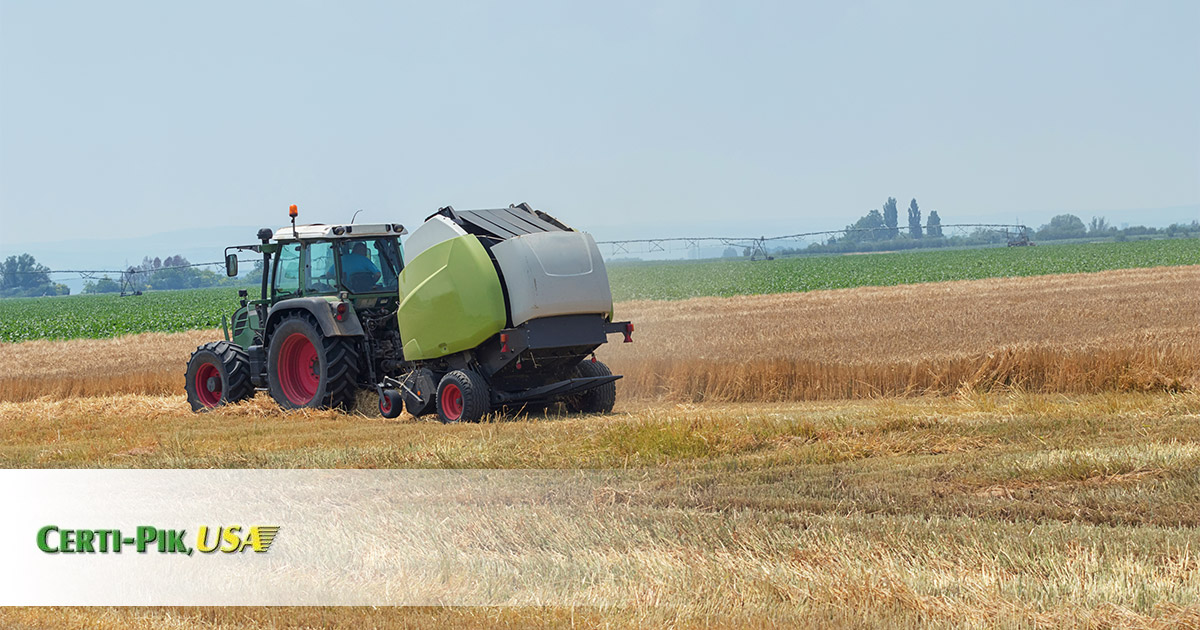John Deere Cotton Picker 9996 Frequently Asked Questions The John Deere Cotton Picker 9996 is a popular, efficient agricultural machine. The 9996 is a durable, powerful machine with a thoughtfully designed build that places the engine in a position to provide more traction to the wheels and more horsepower to move those wheels up hills.
READ MORECotton Harvesting
Cotton Picker History 101
Introduction There’s no doubt cotton is one of the great contributions America has made to global society, or that cotton production was and is an integral part of the American economy which led to becoming an international superpower. Without cotton, clothing would be made of expensive silk, heavy wool, or coarse uncomfortable flax linen. Cotton
READ MOREPima Cotton vs Egyptian Cotton, Which is Softest?
There are five main varieties of cotton that are commercially grown. For comparison, just in the United States, there are about 2,500 varieties of apples. Cotton fibers may be similar, but each variety has its own properties. Egyptian material is very soft, while Asiatic material is coarse, used for blankets and other types of cloth.
READ MOREWhen is Cotton Harvested in the United States?
The United States is the world’s leading cotton exporter. In 2017, over 20 million bales were produced in the United States accounting for over $7 billion to the economy. China and India together produce about 50% of the world’s fiber, but much of the material stays in their countries for manufacturing. The industry in the
READ MORECase IH Module Express FAQs
The Case IH Module Express is a high-performance cotton picker designed to help you streamline the harvest process while reducing equipment and labor investment. This machine picks cotton at great efficiency and builds beginner-friendly modules at the same time, effectively ensuring you spend less time in the fields. Despite the impressive features that the harvesting
READ MORE
